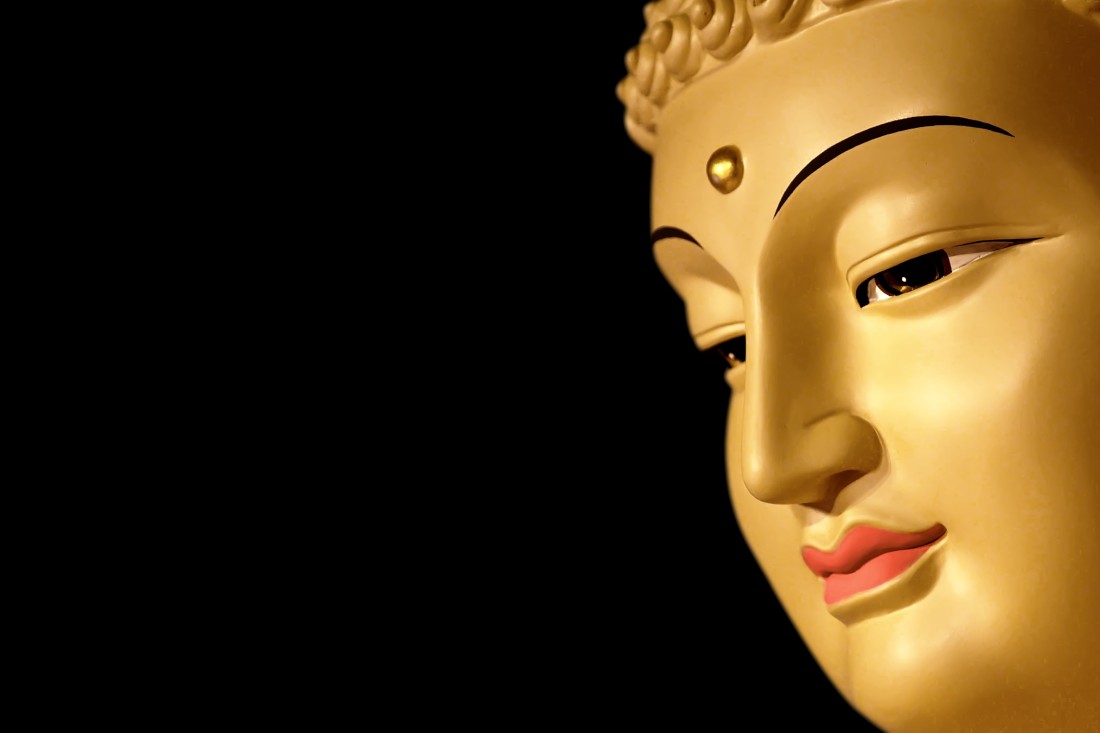Varaha is the third Avatar of Lord Vishnu after the Matsya and Kurma Avatars.
In Varaha Lord Vishnu takes the form of a boar to rescue the Goddess Earth.
In symbolic Hindu mythology, when the demon Hiranyaksha tormented Earth (personified as the Goddess Bhudevi) and its inhabitants, she sank into the primordial waters. Lord Vishnu,then, took the form of the Varaha, descended into the depths of the ocean to rescue her. He slayed the demon and retrieved the Earth from the ocean, lifting her on his tusks, and restored Bhudevi to her rightful place in the universe.
Varaha has been depicted completely as a boar or in an anthropomorphic form, with a boar's head and human body. The Earth may be depicted as a mass of land balanced on his tusk.
STORY OF VARAHA AVATAR
One day Lord Vishnu was resting in his palace, when Lord Brahma’s four sons came to meet him. They were stopped at the entrance by his two guards, Jaya and Vijaya. They did not allow them to enter as their master was resting, Brahma’s sons were very angry and cursed Jaya and Vijaya to be born as humans on earth and to leave their godly status.
Jaya and Vijaya were very scared and they rushed to Lord Vishnu and requested him to do something. The Almighty smiled and told them not to worry. They would be born on Earth as Daityas but he will kill them and release them from their curse. But for that they would have to be born three times and killed three times.
So Jaya and Vijaya were born as humans on Earth. They were named Hiranyakashyap and Hiranyaksh.
Many years went by and Hiranyaksha became a young man. He was a great devotee of Lord Brahma. He gave a lot of time in penance when Lord Brahma appeared and gave him a boon. According to the boon, no God, human, Daitya or Asura would be able to kill him. So Hiranyaksha started displaying his strength as he was assured of his immortality.
Hiranyaksha searched for Lord Vishnu everywhere but could not find him. Then he gathered the whole Earth into a round ball and went underwater to Pataal Lok to search for Lord Vishnu.
Then Lord Vishnu took the form of Varaha, a wild boar with two tusks. He went to Pataal Lok and challenged Hiranyaksha so they had a fierce fight.
And then Vishnu directed his chakra at Hiranyaksha.After defeating Hiranyaksha Lord Vishnu again took the Varaha form. He picked the Goddess Earth who was like a ball, balanced on his two tusks and left Pataal Lok. He placed Earth at her rightful position in the universe and again appeared in his true form.
Thus, this marks the end of the third Avatar of Lord Vishnu.




